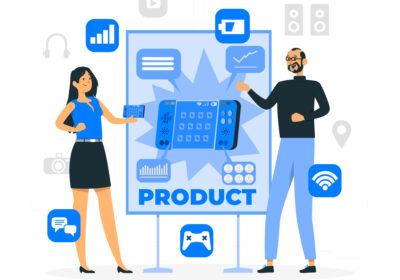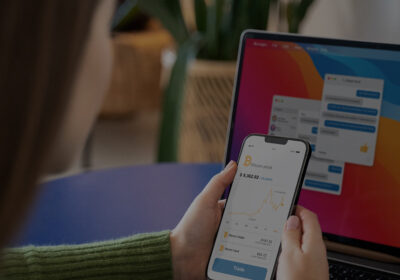Before mobile app development itself begins, a good developer should take many things into account. There are many things to consider that play a role in ensuring that the app fulfills its business purpose while impressing and subsequently satisfying users.
Here are 6 things developers should consider before commencing development.
1. Setting the goals
The first step is to identify a clear goal. What you want to achieve with the mobile application, how it can be monetized to generate revenue, the kind of experience a user gets while using the app etc. – these questions can help the development get a clear picture of the purpose of the application. This can give them an idea of where to start, and a direction to take the development work to.
2. Understanding the audience
User base is the most important factor a developer should consider as it determines whether the app would succeed or fail. For the app to satisfy its user base, the developers should be aware of the technologies that users utilize, and what they are expecting the application to do as well.
A proficient mobile application development company would have the development and testing team interact with users, understand them, and consolidate their findings about user expectations, user behavior etc. This will help the developers tailor an app that meets user expectations, and keep them engaged.
3. Getting early feedback from users
Getting feedback from users post-launch to improve the app with updates is necessary. But getting early feedback from users is just as important. This phase is when the developers build the first version of the application. When ‘version 1.0’ is ready, they can approach a few users to do a test run of the app.
Obviously, this feedback can help them plan the next step considering those aspects in the app that need improvement. What makes this different from standard testing is the fact that users tend to explore the app in unique ways, subsequently detecting bugs in the process that eluded testers, and finding areas that could be improved.
The result of getting early feedback?
A better experience for users in the final version of the app.
4. Minimum Viable Product (MVP)
Minimum Viable Product can be give great leverage for app developers. Fully developing the app take a lot of time and money. A better approach is to develop a base version of the app first, and test the market with it. This will give developers valuable insights on what a full build can potentially do in that same market.
It also allows them to release a full build faster and enter the market much quicker. The key is to build a version that has only the essential features necessary to gain access into the market. This strategy can in turn save money, and allows you to build agile mobile applications.
5. App Updates
Updating the features of an application frequently encourages users to re-engage the application. A lot of research back up this fact that many users who have chosen not to use the app much returns once an update adds more features. For developers, this strategy can be effective in retaining active users and keeping them engaged. Instead of releasing every new feature with a single update, it’s better to add them with smaller, more frequent updates.
6. Checking out other similar apps
It’s important to know of apps in the market that are similar to the one they are going to develop. Checking them out would give insights to the developers as to how other apps engage users, and what competitors are doing with their apps.
The difference in platforms can make things a bit complicated, as a feature that’s present in one platform may not be present in the same app in a different platform. Nevertheless, the developers will be aware of technological possibilities with this tactic.
7. Choosing the technology for the app
Mobile technologies keep evolving every year, and each new trend and technique open new doors to both the developers and the mobile market. Choosing the right technology for the application requires developers to go over the business goals.
The developers will have to figure out whether a native app would be a better choice instead of a cross-platform app, or if they need a web app, the screen sizes that the app should support, the language for the back end etc. Collaborating with the IT team and sharing pre-development phase findings with them can make it easier to shortlist the technologies that serve the business goals.
8. Determining key metrics
This step is crucial as it helps the developers measure the success of the app once it goes online. To begin, they can start by creating a list of key metrics. They can then consolidate, measure, and analyze app usage to determine if the goals are met.
If the app failed to meet the goals, there obviously has been a mistake at some point. Nevertheless, they can still rectify the issues with updates. Planning the update frequency early on can help a lot in such a situation.





